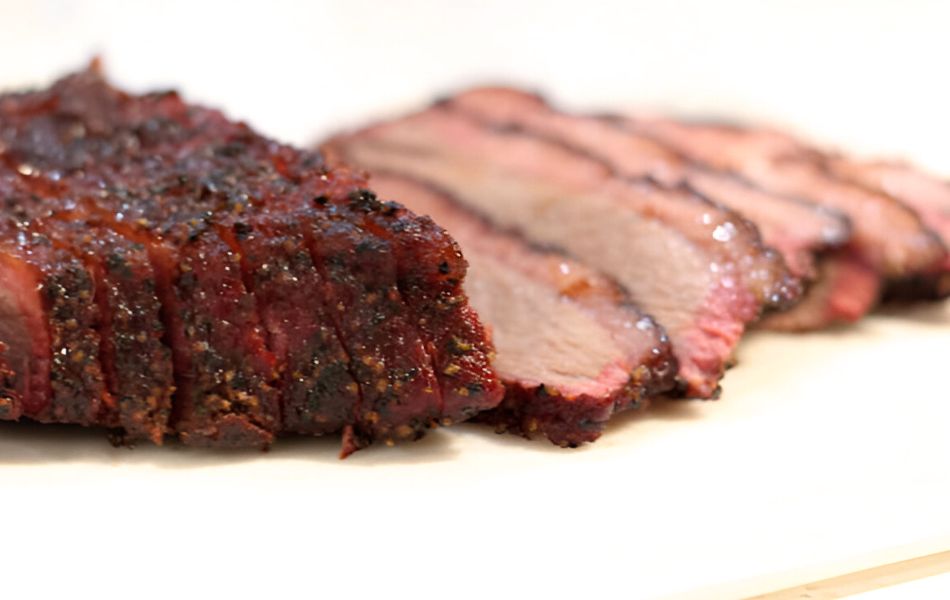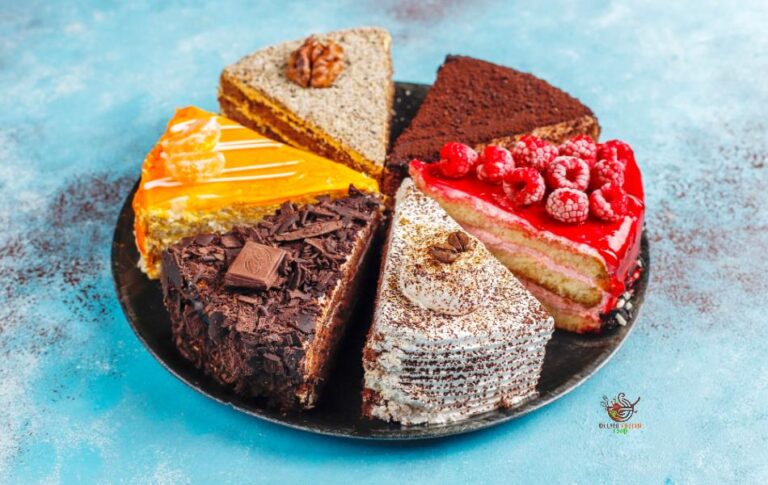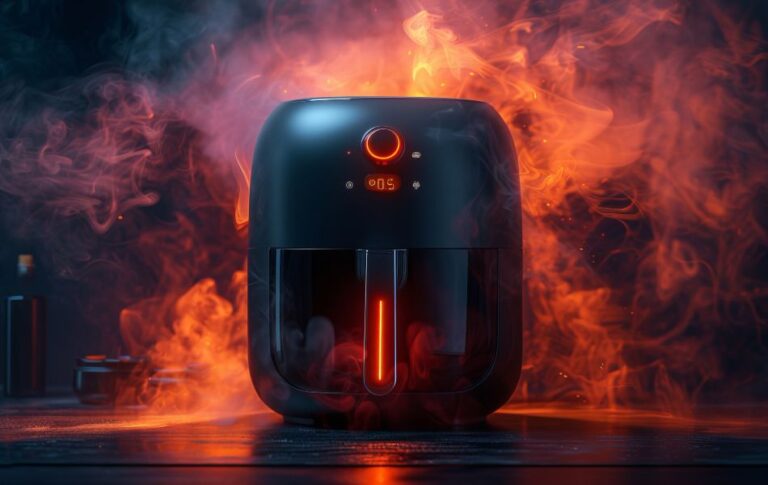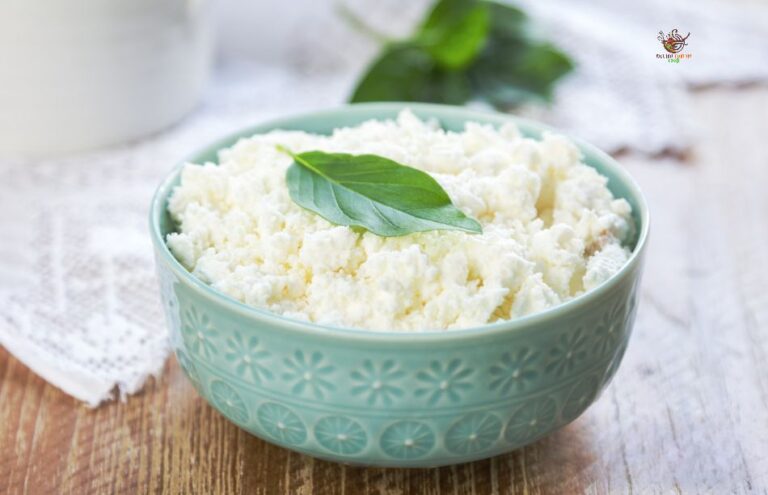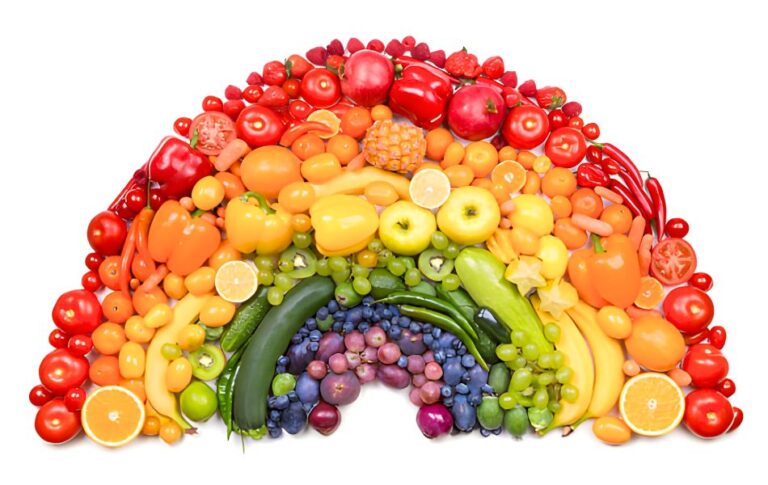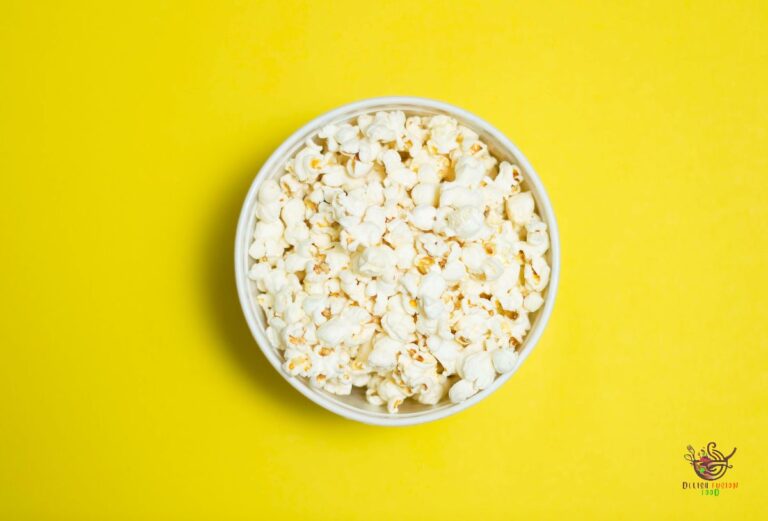8 Brisket Cooking Tips Every BBQ Enthusiast Should Know
Few dishes are as revered in the barbecue world as a perfectly cooked brisket. Its tender, smoky slices are the crown jewel of any pitmaster’s repertoire. But getting brisket just right? That can feel like an art form wrapped in a science experiment. Whether you’re a seasoned pitmaster or a home cook exploring the world of smoking meats, this guide will give you insider brisket tips to elevate your BBQ game.
Understanding Brisket
Before diving into cooking tips, it’s important to understand the cut itself. Brisket is sourced from the lower chest area of the cow, which makes it a tougher cut of meat. When prepared correctly, brisket transforms into a remarkably tender and delicious dish. It comprises two main muscles: the flat and the point. The flat is leaner, while the point has more fat, which helps it stay juicy during cooking.
8 Essential Brisket Cooking Tips
1. Choose the Right Brisket
Choosing the perfect brisket is key to your cooking process. Opt for a brisket with a substantial fat cap, the fatty layer on the meat’s surface, which helps retain moisture throughout cooking. A well-marbled brisket with visible fat running through the meat will yield the best results.
2. Don’t Skip the Trim
Trimming your brisket is about finding the right balance. Too much fat and it won’t render properly. Too little fat and your brisket could dry out. Here’s a quick guide:
- Keep about 1/4 inch of fat on the fat cap (the top of the brisket).
- Remove any extra silver skin or tough fat from the meat side.
- Shape the brisket into a more uniform piece to encourage even cooking.
Using a sharp boning knife will make this job a lot simpler!
3. Season Generously
Brisket tastes best when it’s well-seasoned. Before cooking, rub on plenty of salt and pepper. Feel free to include additional spices such as paprika, garlic powder, and onion powder for more flavor. Don’t be shy – coat the meat well. This helps create a tasty crust called the “bark” as it cooks.
4. Low and Slow is the Key
When it comes to cooking brisket, low and slow is the golden rule. This technique allows the connective tissue in the meat to break down into gelatin, resulting in tenderness.
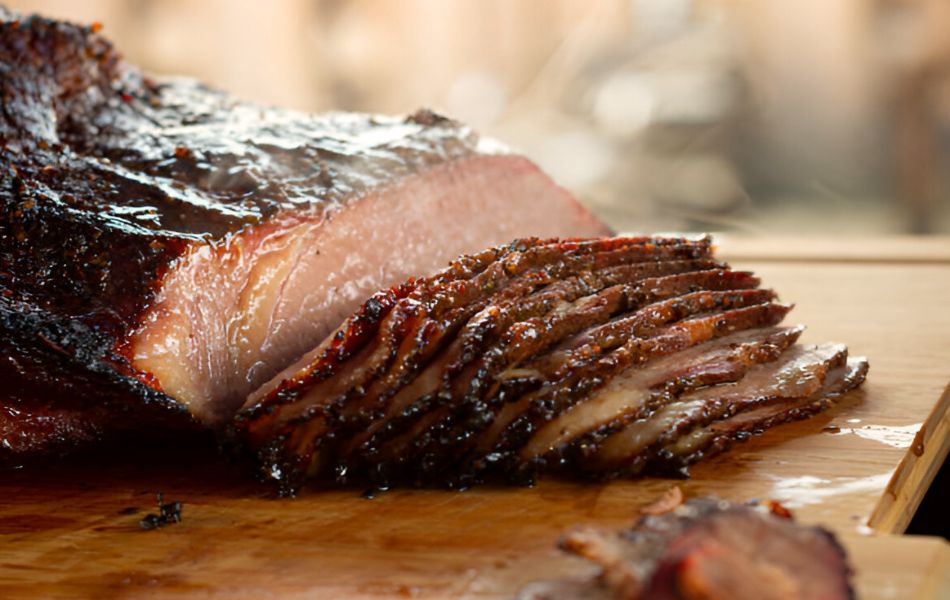
- Smoker temperature: Maintain a steady range of 225°F to 250°F in your smoker.
- Cooking duration: Plan for approximately 1 to 1.5 hours of cooking time per pound of brisket.
Invest in a high-quality smoker or grill thermometer to keep an accurate eye on the temperature.
5. Use a Meat Thermometer
Monitoring the internal temperature is key when preparing brisket. The brisket is done when its internal temperature reaches approximately 195°F to 205°F. At this stage, the fat and connective tissue will have broken down, resulting in tender meat. A meat thermometer helps you cook it just right – not too little and not too much.
6. Wrap It Right
Enclosing your brisket in foil or butcher paper during cooking, commonly known as the “Texas Crutch,” can accelerate the process and help retain juiciness.
- When to wrap: Wrap the brisket once it reaches an internal temperature of around 165°F. This is typically when the meat enters the stall, a phase where it appears to stop cooking.
- What to wrap with:
- Butcher paper allows some smoke to penetrate while keeping the brisket moist.
- Aluminum foil locks in all moisture for a slightly softer bark.
7. Master the Smoke
Smoke is what gives brisket its unique flavor. Try using hardwood chunks or chips, like:
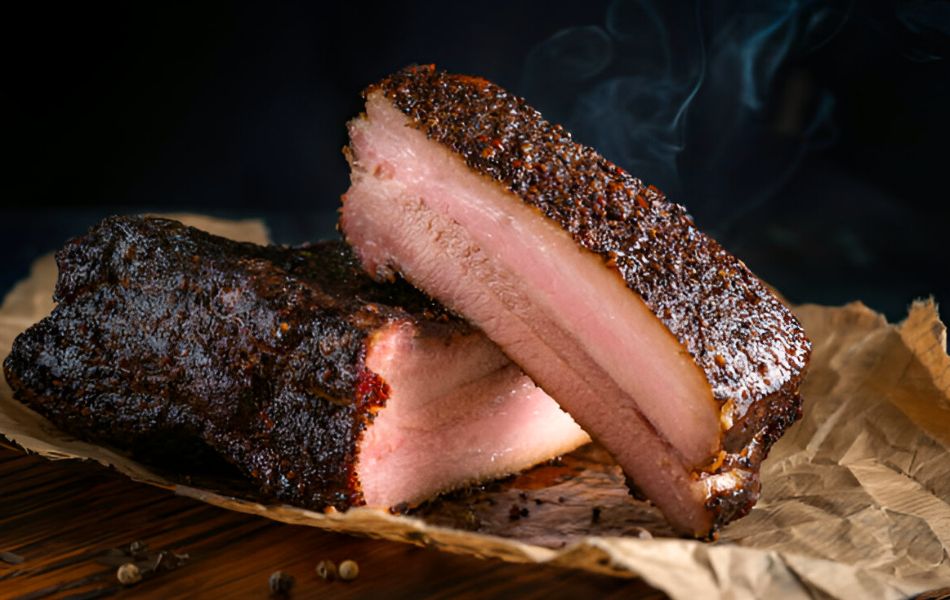
- Oak for a balanced, versatile flavor.
- Hickory for a stronger, smokier taste.
- Pecan for a nutty, mild smoke.
Avoid constant white or thick smoke; it can make your brisket bitter. Instead, aim for a thin, blue smoke for optimal results.
8. Let It Rest
After you remove the brisket from the heat, let it rest for at least 30 minutes before slicing. Allowing the brisket to rest helps the juices redistribute, ensuring every bite is tender and juicy. Cover the brisket loosely with foil while it rests to keep it warm.
Different Methods of Cooking Brisket
1. Smoking Brisket
Smoking brisket is the traditional method and the one that imparts the most flavor. The key is to cook it slowly over indirect heat with wood chips or chunks, which infuse the meat with a smoky flavor. Patience is key – it may take between 10 to 12 hours, depending on the size of the brisket.
2. Oven-Roasting Brisket
If you don’t have access to a smoker, roasting brisket in the oven is a great alternative. Set the oven to 300°F and cook the brisket in a roasting pan with a lid. The low oven temperature will mimic the slow cooking of smoking, though it may not have the same smoky flavor.
3. Slow Cooker Brisket
Using a slow cooker is a fantastic option for those who want a hands-off approach. Simply season the brisket, place it in the slow cooker with some broth or stock, and cook on low for 8 to 10 hours. The result is an incredibly tender brisket that’s perfect for sandwiches, tacos, or a classic brisket platter.
Bonus Tips for Brisket Success
- Stay Patient: Avoid lifting the smoker lid too often. Each peek releases heat and extends the cooking time.
- Use a Meat Thermometer: The perfect brisket is done when it reaches an internal temperature of 200°F to 205°F. Always check the thickest part of the flat.
- Experiment and Tailor: Don’t be afraid to tweak your seasonings, wood choices, or cooking techniques to suit your taste.
Common Mistakes to Avoid
Even skilled chefs occasionally slip up. To achieve a flawless brisket, steer clear of these frequent mistakes:
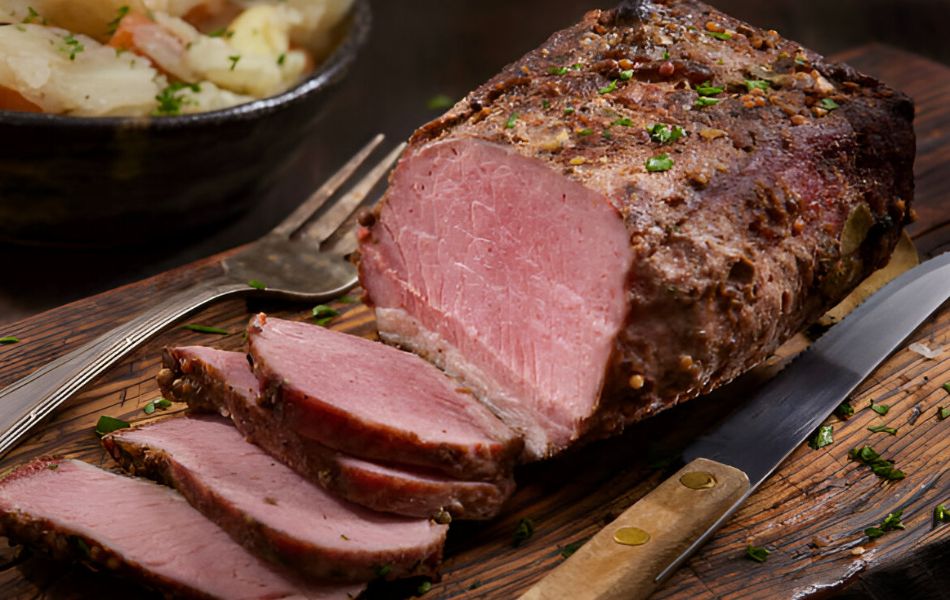
- Not Allowing Enough Time: Brisket takes time to cook properly, so don’t rush the process. Cooking too quickly will lead to a tough, dry result.
- Over-Seasoning: While brisket needs seasoning, be careful not to overdo it. A simple rub with salt, pepper, and a few additional spices is usually enough.
- Slicing Too Soon: Always allow your brisket to rest before slicing. Cutting into it too early will cause the juices to run out, leaving the meat dry.
Fixing Common Brisket Problems
Even expert cooks run into brisket problems. Here’s how to fix a few:
- Dry brisket – Try wrapping it earlier or spray it now and then with a mix of apple cider vinegar and water.
- Rubbery bark – Allow the brisket to cook unwrapped for an extended period to develop a firm crust.
- Tough brisket – Keep cooking! It often just needs more time to become tender.
Tips for Serving Brisket
Once your brisket is cooked and rested, it’s time to slice it up. When slicing, be sure to cut against the grain to ensure tenderness. If you’re serving it for a crowd, consider offering some complementary sides like coleslaw, cornbread, or grilled vegetables.
Why Brisket Is Worth It
Brisket may seem hard to cook, but it’s one of the most rewarding meats to learn. It takes time and care, but the result is something to be proud of. Brisket also brings people together. Whether you’re hosting a cookout or joining a BBQ contest, few things beat sharing juicy slices with friends and family.
See Also – Simple Tips to Reheat Filet Mignon Perfectly
Take Your BBQ Skills to the Next Level
Now that you know the secrets to cooking brisket like a pro, it’s time to put your skills to the test. Fire up your smoker, grab a quality cut of brisket, and enjoy the process. Because with barbecue, it’s not just about the destination; it’s also about the delicious, smoky journey.

